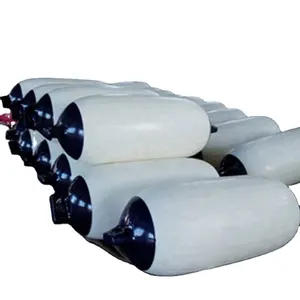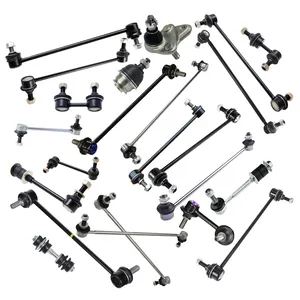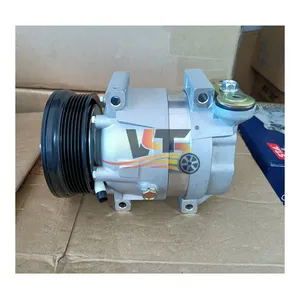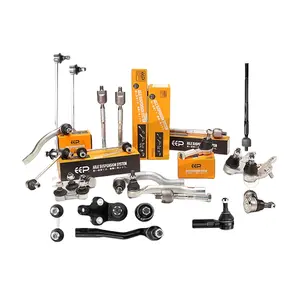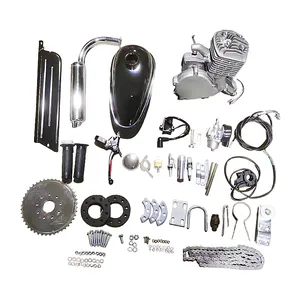Popular in your industry
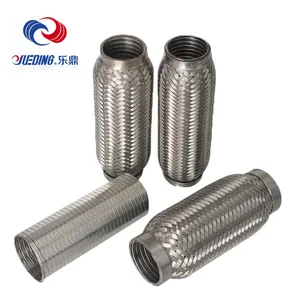






































































































































































































Top categories
About 60mm exhaust
Introduction to 60mm Exhaust Systems
The 60mm exhaust system is a critical component in the automotive industry, designed to efficiently manage the flow of exhaust gases from engines. This specific diameter is optimized for certain performance characteristics, making it a common choice for a variety of vehicles.
Design and Functionality
Exhaust systems with a 60mm diameter are engineered to balance the need for low-pressure drops and high maneuverability. Their construction allows for a small radius of curvature, enhancing the vehicle's ability to navigate through tight spaces without compromising exhaust flow. The robust design ensures good resistance to the thermal and chemical stresses typically encountered with diesel and gasoline exhaust gases.
Material and Durability
Materials used in 60mm exhaust components are selected for their durability and resistance to corrosion. The exposure to harsh chemicals and high temperatures demands materials that can withstand such conditions over time, ensuring the longevity of the exhaust system.
Signs of Wear and Replacement Indicators
Components like the straight exhaust pipe and tailpipe have average lifespans, typically requiring replacement after 80,000 and 100,000 kilometers respectively. Symptoms of a compromised 60mm exhaust may include increased fuel consumption, unusual noises, or the smell of gasoline indicating potential leaks or damage.
Environmental and Safety Considerations
A malfunctioning 60mm exhaust system can lead to increased emissions and fuel consumption, posing environmental concerns. Additionally, leaks can introduce exhaust gases into the passenger compartment, creating safety hazards. Timely maintenance and replacement of exhaust components are crucial for both ecological preservation and passenger safety.
Conclusion
In summary, the 60mm exhaust plays a pivotal role in vehicle performance and environmental protection. Its design, material composition, and maintenance are key to ensuring the system functions correctly, providing a balance between efficiency and durability.
